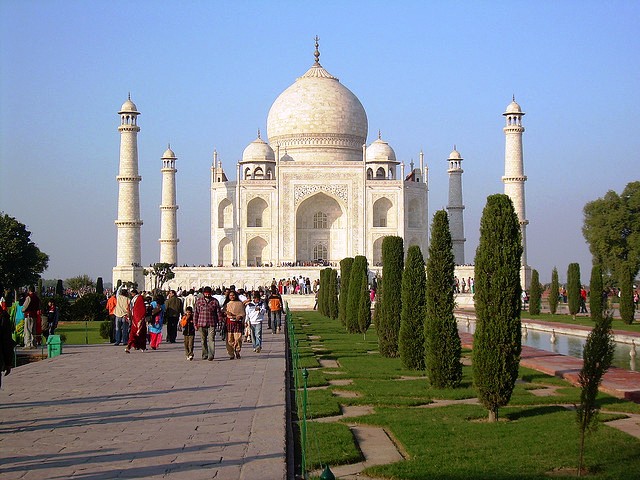Mainland China’s largest city, Shanghai, reveals itself as a prosperous and vivid city that is undergoing rapid development. With more than 23 million residents, this city huge exotic metropolis enthralls thousand of foreigners every year. Be aware that the weather in Shanghai is hot and humid in the summer season between July and Oct and cold and wet during the winter season between November and March. Most tourists come to Shanghai in the summer season to enjoy the unique charm of a city that combines ancient Chinese culture with a modern high-tech edge. Planning to travel toin Shanghai? Let us look at a map of Shanghai and take you on a virtual tour of this fascinating city.

Main Attractions:
- The Bund is the famous waterfront promenade along the Huangpu River in the central area of Shanghai. It stretches about one and a half kilometers (one mile) from Yan’an Road in the south to the Waibaidu Bridge (formerly Garden Bridge) in the north. The Bund is a must-see destination in Shanghai – you can view the bustling transport barges on the river, observe the local Tai Chi practitioners or watch dance fans out in full force.
- The west side of the Bund is highlighted by various stylish buildings of neo-Gothic, neo-Romanesque and neo-Baroque style. They were built during the colonial era of the 20th century and function now as important centers of finance and business and include the former British Consulate, Customs House, the former Hong Kong and Shanghai Bank and the Peace Hotel.
- The east side of Bund faces the Huangpu River and Pudong—the newly developing district east of Shanghai. Across the Huangpu River you can view Pudong’s marvelous skyline, included the Oriental Pearl Tower, the Jin Mao Building, the Shanghai World Financial Center, and many others.

- Shanghai World Expo: The 2010 World Expo was held in Shanghai from May to October of 2010. With the theme “Better City – Better Life”, it attracted over 73 million visitors from 250 countries and has become the best-attended event of this kind in history. The Shanghai World Expo District is located between the Nanpu Bridge and Lupu Bridge, in the central urban area along the Huangpu River. In addition to the 5 major theme pavilions, which were called Urban Footprints, Urban Planet, Urbanian, City Being, and Urban Future, one could also visit national pavilions from countries such as France, the United States, the United Kingdom, Japan, Australia, South Korea and many others. Corporate pavilions were hosted by organizations such as Coca-Cola, Cisco, Japanese Industry, China Railway etc. Most of the pavilions can still be viewed right now, but many will be returned to their countries of origin later on. The Chinese Pavilion will be permanently retained. A 6.8 km long green space with wetlands will be built along the Huangpu River which will create an ecological park in the urban centre of Shanghai.
- YU- Garden: The Yu- Garden represents the essence of Chinese Garden Art and is the most lavish Chinese Garden in China. It is located in the centre of the old city north of Fuyou Road, about 2 km southwest of the Bund. It was founded during the Ming Dynasity in 1559 as a private garden for a high ranking official. Millions of fish, colourful flowers, verdant plants, gurgling springs, terraces, verandas, streams, rocks, and abundant small courtyards make this a scenic destination. The ornate and exquisitely designed walkways and pavilions feature great Chinese Garden Art. It is a must-see for every foreign visitor. If you go there, make sure you will not miss the following features:





